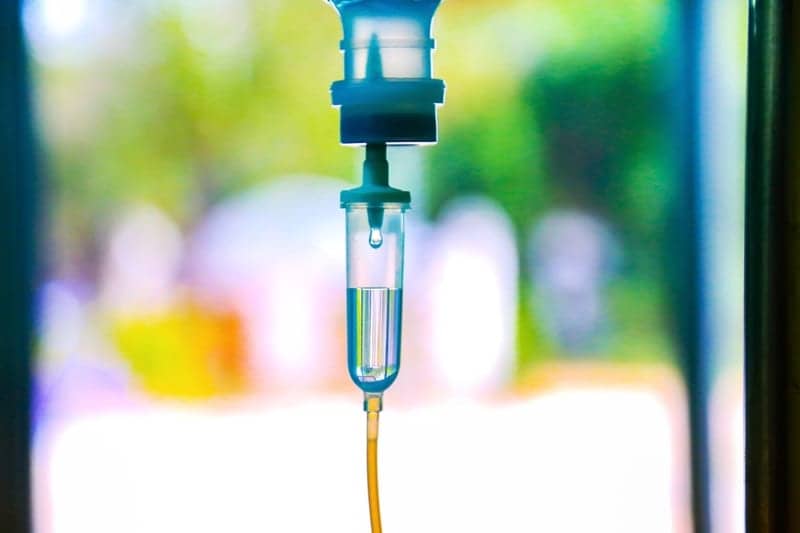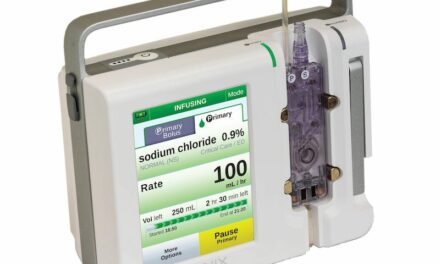The home infusion therapy market—valued at more than $21 million in 2022—is expected to reach $35 million by 2028; an estimated compound annual growth rate of 8.6% from 2022 to 2028, according to the report “Home Infusion Therapy Market Forecast to 2028 – COVID-19 Impact and Global Analysis By Product, Application, and Route of Administration.”
The reduction in duration of hospital stays and cost-of-care is driving growth of the home infusion therapy market. However, recalls of infusion pumps and safety concerns associated with home infusion may hamper the home infusion therapy market growth.
Significance of Home Infusion Therapy
Many times, patients need to stay in the hospital to complete their course of intravenous drug administrations before they are shifted to oral medications. However, with an effective home infusion service, these patients can be transitioned to home early.
The hospital-at-home model delivers hospital-level care within the home environment to support improved outcomes and enhance the patient experience. Thus, the possibility to treat several complicated medical conditions with home infusion therapies help reduce the length of hospital stays, consequently reducing the cost of treatment.
According to the National Home Infusion Association (NHIA), 3.2 million patients receive home infusion every year, and 98% of these admitted are being “very satisfied” with their treatment. According to a study by the NHIA in 2019, home infusion and specialty providers in the U.S. served approximately 3 million patients in 2019, reporting a 300% increase in their sales in the last decade.
Home infusion imparts significant cost-savings compared to a traditional hospital infusion setting. Infusion provided at-home costs 50% less than infusion provided at hospital facilities. According to the article published by Beckers Hospital in 2020, the average cost of home infusion is $140–250 per day, whereas the average cost of hospital infusions is $590 per patient per infusion. According to the Commonwealth Fund, hospital-at-home programs help to cut the cost of care by over 30%, doing remarkably well in countries with single-payer systems, such as Canada, England, and Israel.
Transitioning to Home-Based Care
Patients requiring intravenous therapies in emergency departments can be shifted to home infusion after clinical assessment. The homecare plan includes robust clinical monitoring at home, which allows the early identification of further clinical problems and the implementation of treatment plans to avoid readmissions.
An Option Care study of 124 home parenteral nutrition (HPN) and 126 home enteral nutrition (HEN) patients showed that home infusion prevents hospitalization and improves patient care. Both HPN and HEN therapies can be temporarily administered in hospitals, yet roughly 40,000 HPN patients and 344,000 HEN patients yearly receive their nutrition therapies at home.
Therefore, a significant reduction in the cost of care with a decrease in the length of hospital stays, along with the increasing number of patients availing homecare services, fuel the home infusion therapy market growth. However, patients and physicians are concerned about the potential risk of harmful events during infusion therapy due to the absence of direct physician presence in the home setting.
Additionally, risk management is particularly problematic at homecare as the necessary hospital protection measures for physicians and patients away from hospitals may not be in place or immediately available.
In some medical conditions, patients may find treatment in hospital settings more effective in terms of cost and care quality and prefer the same over homecare services.
In the last few years, medical agencies have received many reports of adverse events involving infusion pumps. The main reason for infusion pump product recalls are software-related problems, user interface issues, and mechanical and electrical failures.





